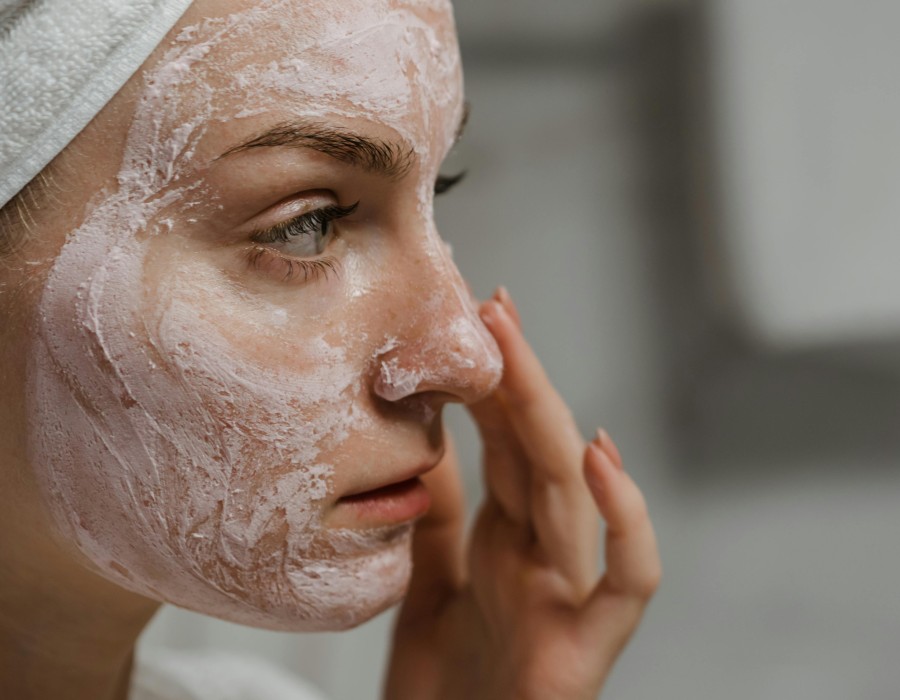You might have heard of cosmetic dermatology as a way to improve skin. Many people are drawn to it, with little thought about what really goes into it. It is vital that when you think of having one of these procedures, you think of safety first. By learning what the tasks entail, the risk involved, and the best practices, you will be in a better place to make the correct choice. This is a guide to provide the kind of knowledge that will ensure a well-informed choice.
Understanding Cosmetic Dermatology
Cosmetic dermatology refers to the treatments intended to improve your appearance and not treat medical problems. Common procedures include wrinkle injections, dermal fillers, laser hair removal, and chemical peels. Many people are attracted to these treatments to improve their looks or boost their self-confidence. However, there is a difference between cosmetic and medical dermatology, whereby medical dermatology treats skin conditions. Current trends show people are opting for a more natural look, which involves the use of gradual and more subtle procedures to achieve the desired results. Therefore, there is a broader use of combination therapy, which requires the use of more than one procedure to obtain the best results.
Safety Statistics and Risk Factors
Most cosmetic dermatology procedures have high success rates, but a certain level of risk will always remain. Side effects, like bruising or swelling, are common, but serious issues may occur, such as infections. The qualifications and experience of the practitioner basically dictate the safety of a procedure. Other factors such as a patient’s skin type or even health can predispose them to complications. Therefore, it is very important to check the credibility of a clinic and the practitioner before undergoing any procedure. This can be done by looking at licensing and patient reviews to ensure that you will have а safe environment.
Expert Opinions on Safety
Consultations with dermatologists will disclose that when the procedures are done right, they are generally safe. There are misconceptions that these procedures are dangerous, but most of them have either minor or temporary side effects. Steps to increase safety before undergoing procedures include thorough consultations and seeking answers. Dermatologists will recommend that you only get your procedures done from accredited and reputable facilities and trained personnel. Patient education plays a major role because the more information a patient has about the procedure, the better they are at making safe decisions that will not endanger their health or safety.
Patient Experiences and Real-Life Testimonials
A patient’s experience often begins with addressing concerns about the procedures. Positive patient experiences usually involve relevant procedures and satisfaction with their outcomes. However, there are individuals who have experienced complications, but they were promptly solved. Post-procedure follow-ups are vital in tracking your progress and communicating any concern. Support groups and online resources effectively bridge the gap in social support for both those considering procedures and those who have already recovered. Those shared experiences of other patients serve a dual purpose: the provision of valuable knowledge and reassurance during the whole process of cosmetic dermatology.
Guidelines and Precautions for Safe Practices
Choosing an appropriately trained cosmetic dermatologist is the first step toward safely enjoying the benefits of these procedures. The questions that you pose during consultations should reflect your confidence in understanding the procedure. Readiness to take part in post-procedure care will allow you to recover properly and avoid any problems. Taking time to learn and engage in forums about what actually happens also makes you a stronger advocate for your safety during cosmetic procedures. You can make better decisions by avoiding anxiety and relying on the knowledge that comes from having adequate knowledge.
Conclusion
When making a decision about cosmetic dermatology, your safety should always be a priority. Various insights from experts indicate that most procedures are safe and can be executed without problems, provided that they are done by qualified persons in professional domains. You are to ask intelligent questions, engage in complete consultations, and carry out individual research. By having this attitude, you will spend less time worrying about the threats and more on focusing on how to improve your looks in a safe environment. In tandem with professional help, your considerate judgment and active self-care will ensure that you attain the self-improvement you are looking for while keeping safety and health standards intact.






Comments